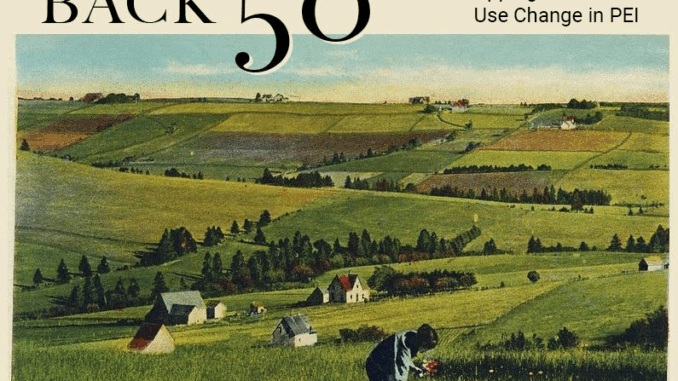
‘Mind blowing’: Grizzly bear DNA maps onto Indigenous language families
The bears and Indigenous humans of coastal British Columbia have lived side by side for millennia in this forested region on the west coast of Canada. A new analysis has found that there are three distinct grizzlies genetic groups, and these groups align with the region’s three Indigenous language families. Cultural and biological diversity in the region are intertwined.

, 26(3): 7, 2021)
https://www.science.org/news/2021/08/mind-blowing-grizzly-bear-dna-maps-indigenous-language-families
Disaster-mapping drones often neglect deadliest, costliest events and hardest-hit areas
With the upward trend of disasters’ occurrence, governments and other stakeholders routinely rely on images captured by satellites and crewed aircraft for crucial tasks such as identifying areas at risk, evacuation routes, severity and extent, and recovery progress. Drones are routinely deployed to capture images in major events. Besides, they are used to map and monitor topography and surface features in disasters.
The article also brings up the attention to understudied disasters with drones such as floods and storms because of the limitations of small-scale UAVs and understudied areas such as lower-income and urban areas, where the flight condition might not be ideal.
Waterloo developing a mobile alert app for missing people with dementia
“Community ASAP”, similar to the Silver Alert in the States, aims at addressing a gap in available tools when it comes to alerts for missing older adults and people living with dementia in Canada. People who sign up with the app would choose a radius. If last seen location of the missing person falls within the radius, the user would be alerted.
The researchers went through three iterations of the app and consulted with these stakeholder groups along the way to test its accuracy and useability in scenarios, where participants took the key roles in the Community ASAP system, including the missing person with dementia, care partner, coordinator, and volunteers.
UPEI project aims to show how rural P.E.I. has changed through interactive map
Researchers build an interactive map showing how P.E.I. has changed throughout the last 50 years in the Back 50 Projects. The project wants to find out how agricultural land use has shifted on the Island. The map will document the historical transformation. A member of P.E.I.’s rural communities of at least 18 age can participate in the project survey.

Toronto takes step towards AV-readiness with commission for new high-definition 3D map
In Toronto’s 2019 Automated Vehicles Tactical Plan, it envisioned the city to be “AV ready.” Ecopia AI, partnering with the city and the province of Ontario is stepping up to help the city to realize the goal by developing a high-definition 3D map of the city. And the 3D map will be available for the city’s use and for licensing by autonomous vehicle technology developers.
The Ontario company is backed by funding from Ontario’s Autonomous Vehicle Innovation Network, where the Network is proud and glad to see a local company to be able to commercialize a leading-edge solution for the people.





Be the first to comment